Hosta ‘Patriot’
Plantain lily
Hosta ‘Patriot’ is a captivating perennial celebrated for its vibrant foliage and graceful appearance. This cultivar showcases large, heart-shaped leaves with striking deep green centres bordered by crisp white margins, creating a stunning contrast.
In summer, it produces tall spikes of lavender or white flowers, enhancing its allure. With its exceptional beauty and adaptability, ‘Patriot’ is a favoured choice for shaded gardens, adding elegance and colour to any landscape design.
Want to be notified when this product is back in stock?
Plant Biography
Plantain Lilies are deciduous herbaceous perennials and unrivalled stalwarts of the woodland garden. They generally conform to the same growth habit yet even the subtlest variations in colour or texture make them eminently collectable. Most varieties are best left to establish for a few years after planting to reach their full potential and character and given protection against slugs and snails.
Hosta ‘Patriot’ is widely considered to be the best white-edged hosta with mid-green leaves each sporting an irregular white margin, often slashing into the mid-rib and making a real splash of light in a shady border. Lavender flowers are bourne in summer.
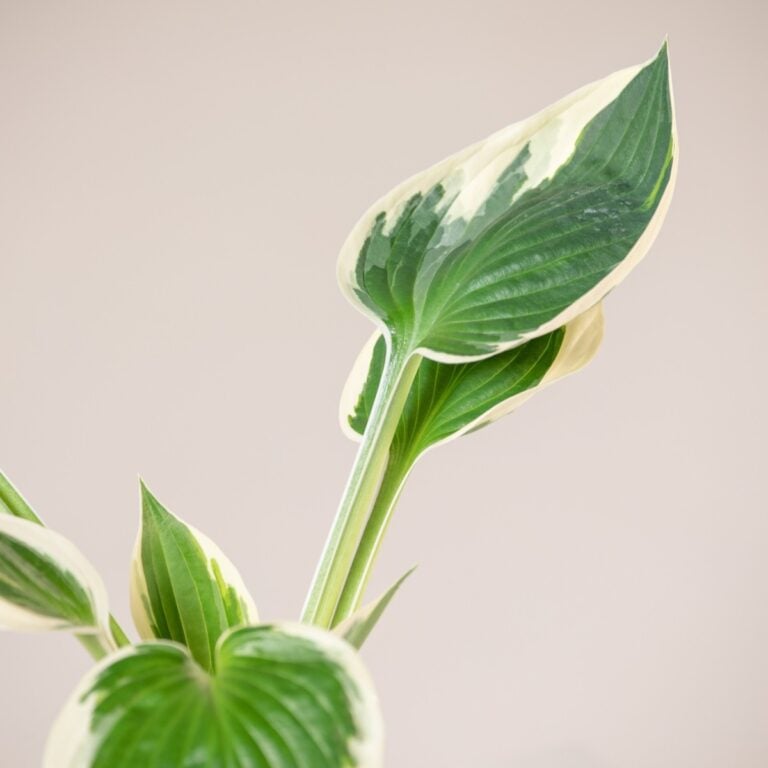

Care & Size Guidance
Hostas can be used to underplant trees or shrubs, as they prefer a bit of shade throughout the day. They will happily grow both in loamy soil as well as clay where most of the plants would struggle.
Propagation of the clumps can be achieved through division in early spring or late summer. Divide the clump in multiple parts so that each fragment will have 2-4 growth buds. A mature clump can be divided after 4-5 years.
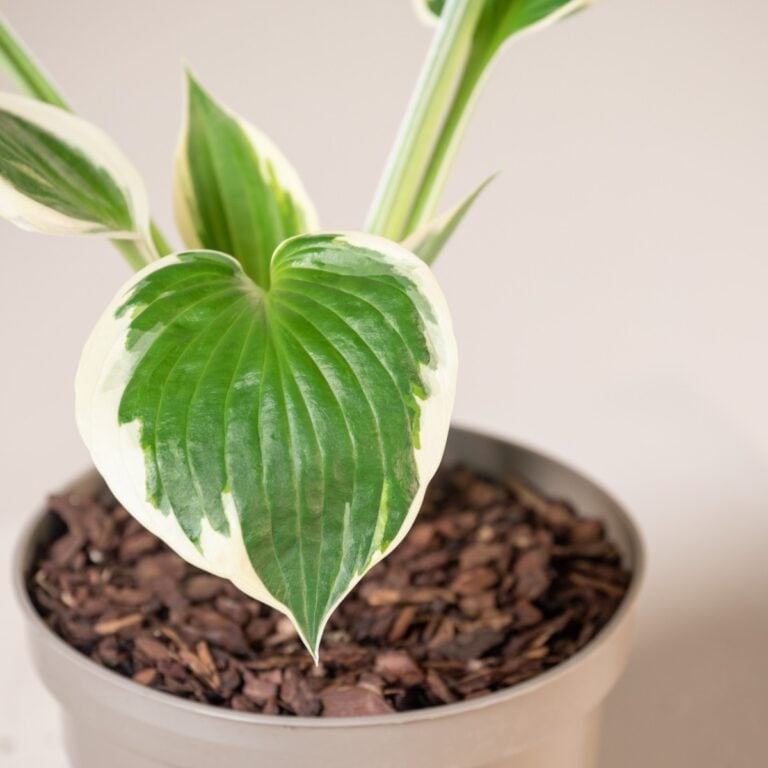
Planting Hostas
Hostas thrive in well-draining, rich soil which has a slightly acidic to neutral pH (around 6.0 to 7.5). Before planting, amend the soil with organic matter such as compost or aged manure to improve its texture and fertility. Work the amendments into the soil to a depth of about 30cm.
If the roots are tightly bound, gently tease them apart to encourage outward growth. Place the plant in the centre of the planting hole, ensuring that it is positioned at the same depth as it was in the container. Backfill with compost and keep the soil consistently moist but not waterlogged while it is getting established.
Apply a layer of organic mulch, such as shredded bark or compost, around the base of the Hosta plant to help retain soil moisture and suppress weed growth. Keep the mulch a few inches away from the stem to prevent rot and fungal diseases.
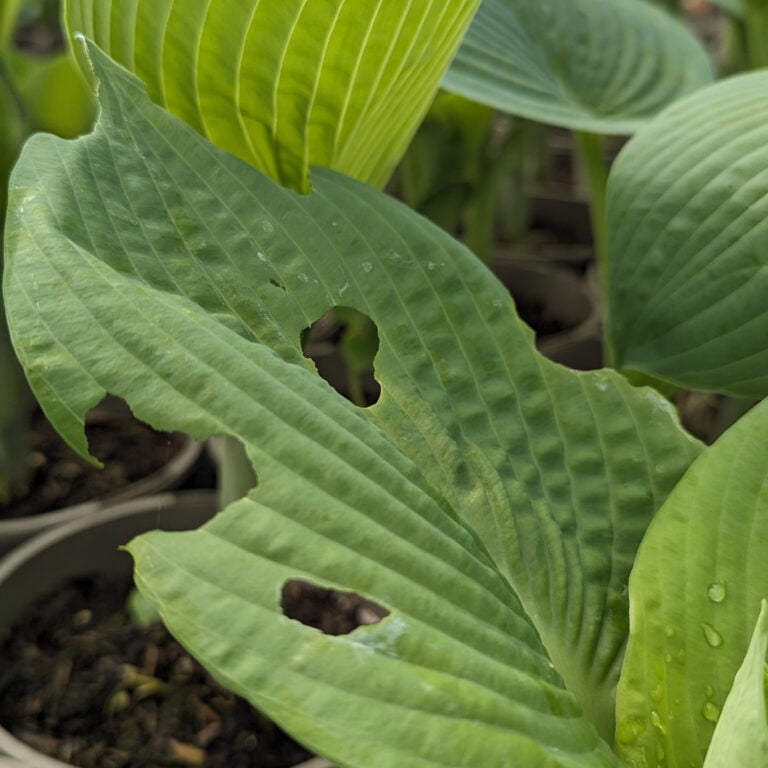
A slug magnet
Hostas are a magnet for slugs and often fall victim to them, creating a challenging relationship for gardeners. Slugs are voracious nocturnal feeders (insert Hosta vampire reference here!) that can cause significant damage to Hostas, particularly by consuming their tender leaves.
Hosta plants are particularly attractive to slugs due to their succulent leaves and the moist, shady environments they often grow in. They can consume significant portions of the foliage, compromising the plant’s ability to photosynthesise and ultimately weakening it.
Gardeners often employ various strategies to control slug populations and protect their Hosta plants. These may include physical barriers such as copper tape or diatomaceous earth, which create obstacles that slugs are reluctant to cross. A more recent
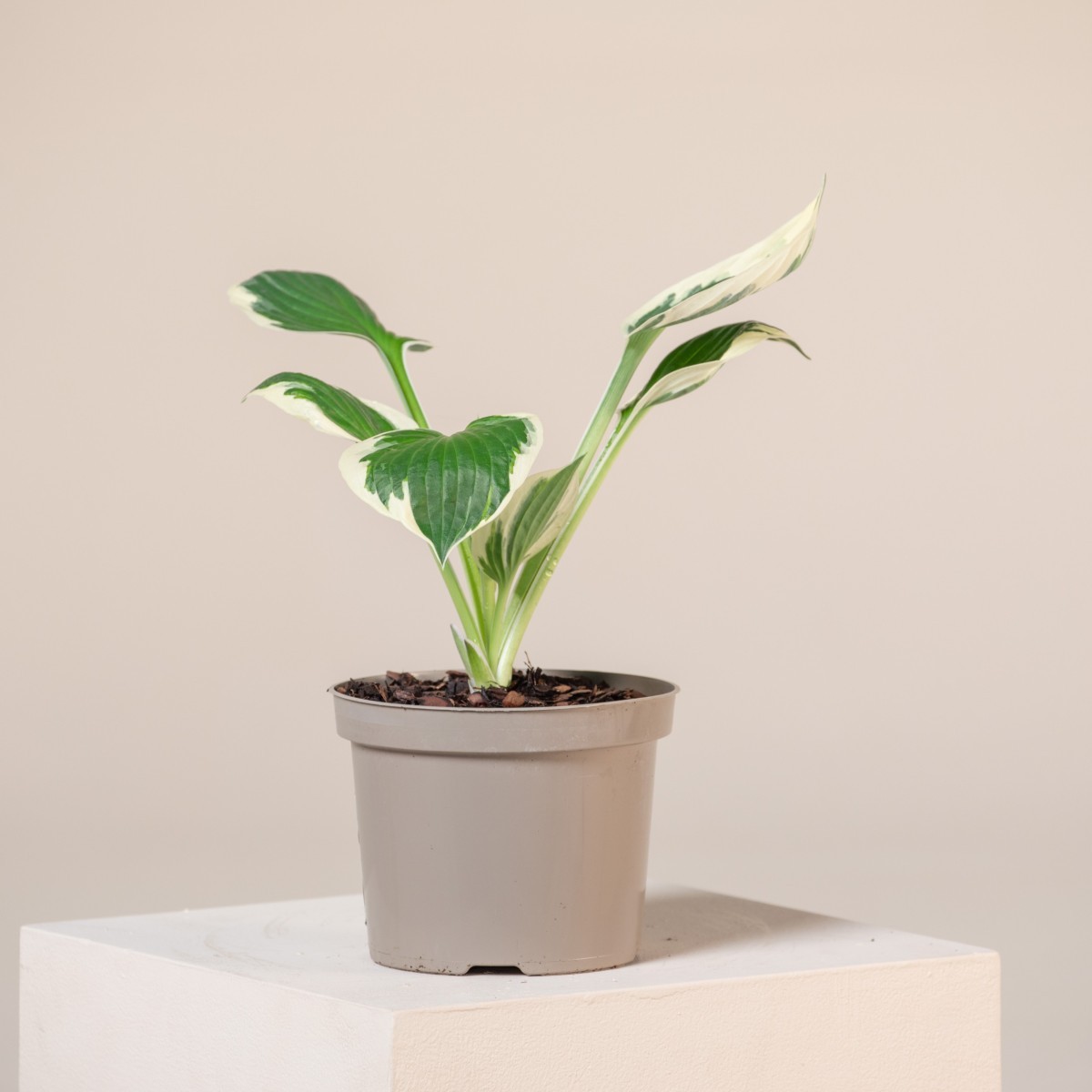
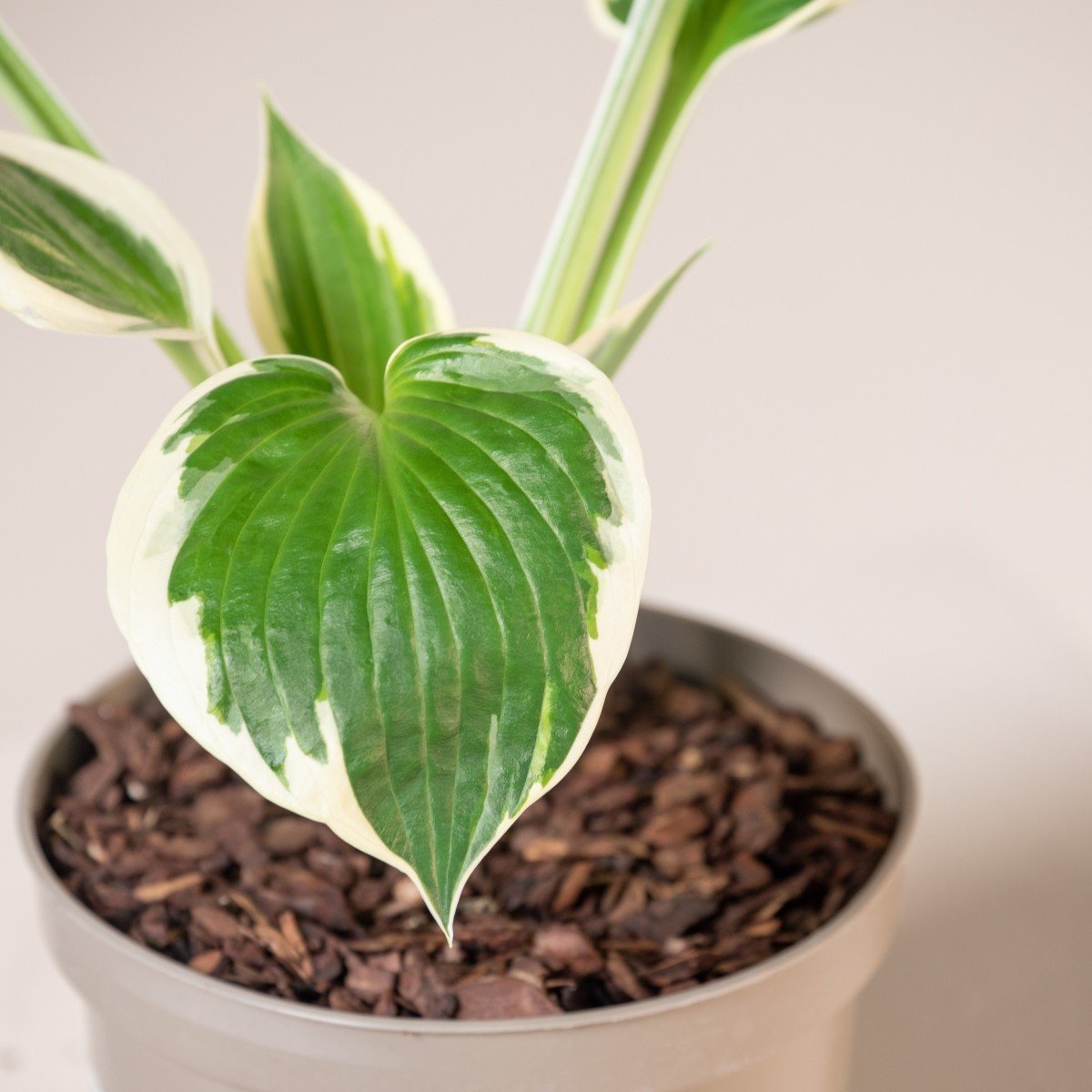
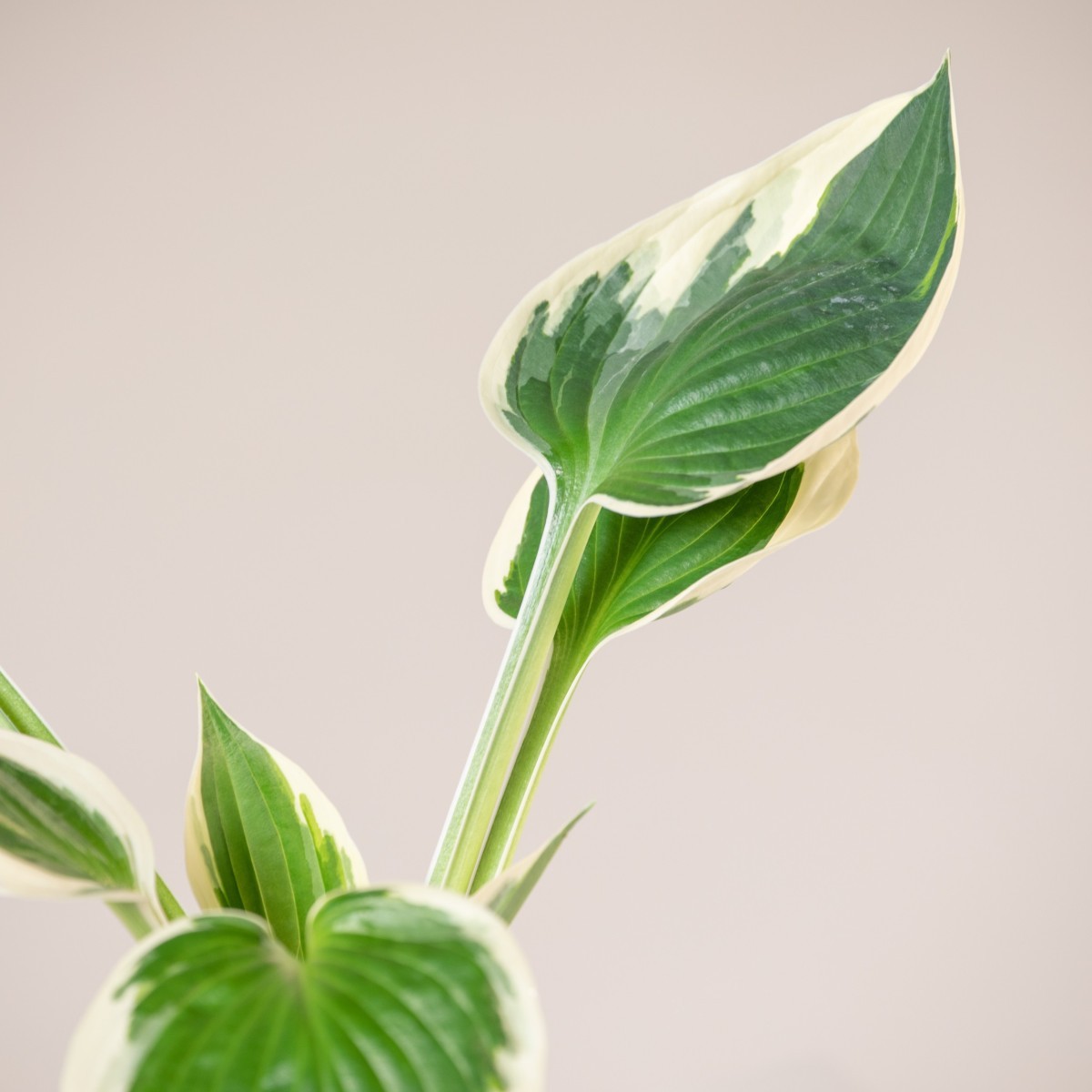
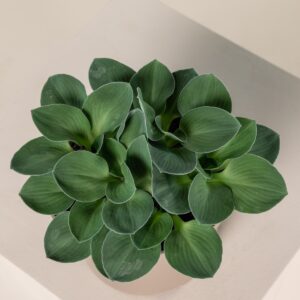
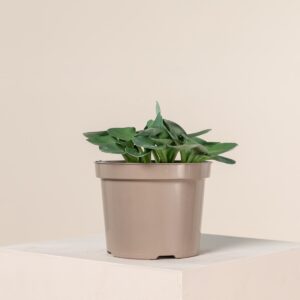
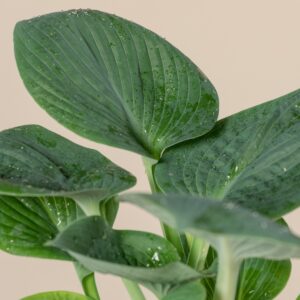
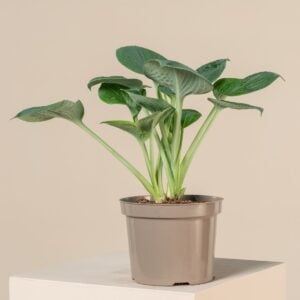
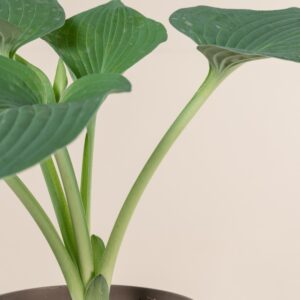
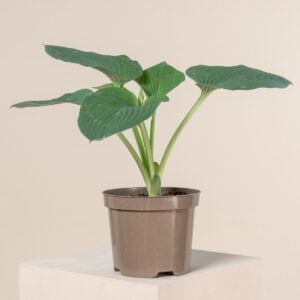
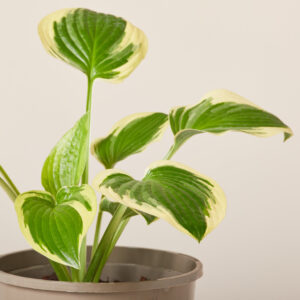
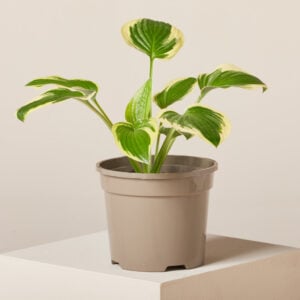

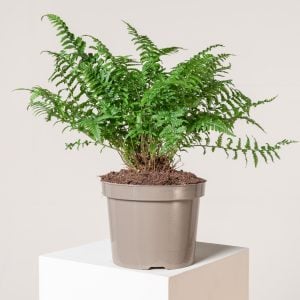
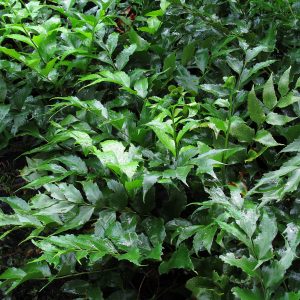
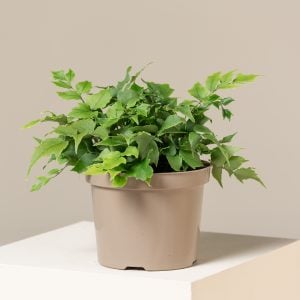
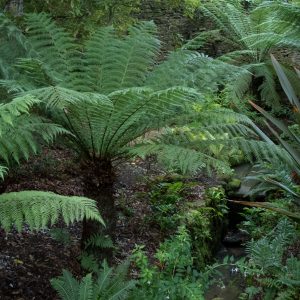

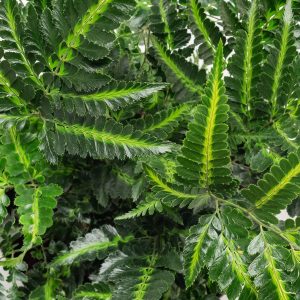
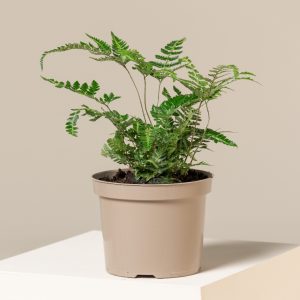
I didnt know much about Hostas before purchasing this Patriot variety. Research shows its hardy down to – 20°C and can handle a bit of wind so I purchased one for my balcony.
It is a beautiful and healthy plant that has given four new leaves in the first two weeks. It can handle the sun fine although prolonged exposure to midday sun may be an issue so Ive give it a partly shady spot.
Of course the leaves will all disappear in the late autumn to spring back again in… Spring and in the meantime you can enjoy a beautiful bushy plant that is also very low maintenance. In fact I was so pleased I purchased the Hosta Wide Brim as well.
Shehzad M. –
Im very impressed with the fact that there is absolutely NO slug damage on either of the three hostas I ordered. All three of them are in perfect condition (for now!). Theyre also much larger than I expected. In my experience, ordering plants online means you get teeny tiny juvenile plants that have been cut back to within an inch of their life. Thats not been the case with the Palm Centre. Every plant I received exceeded my expectations. They were all in wonderful condition and large enough to make an instant impact in the garden.
Joshua R. –